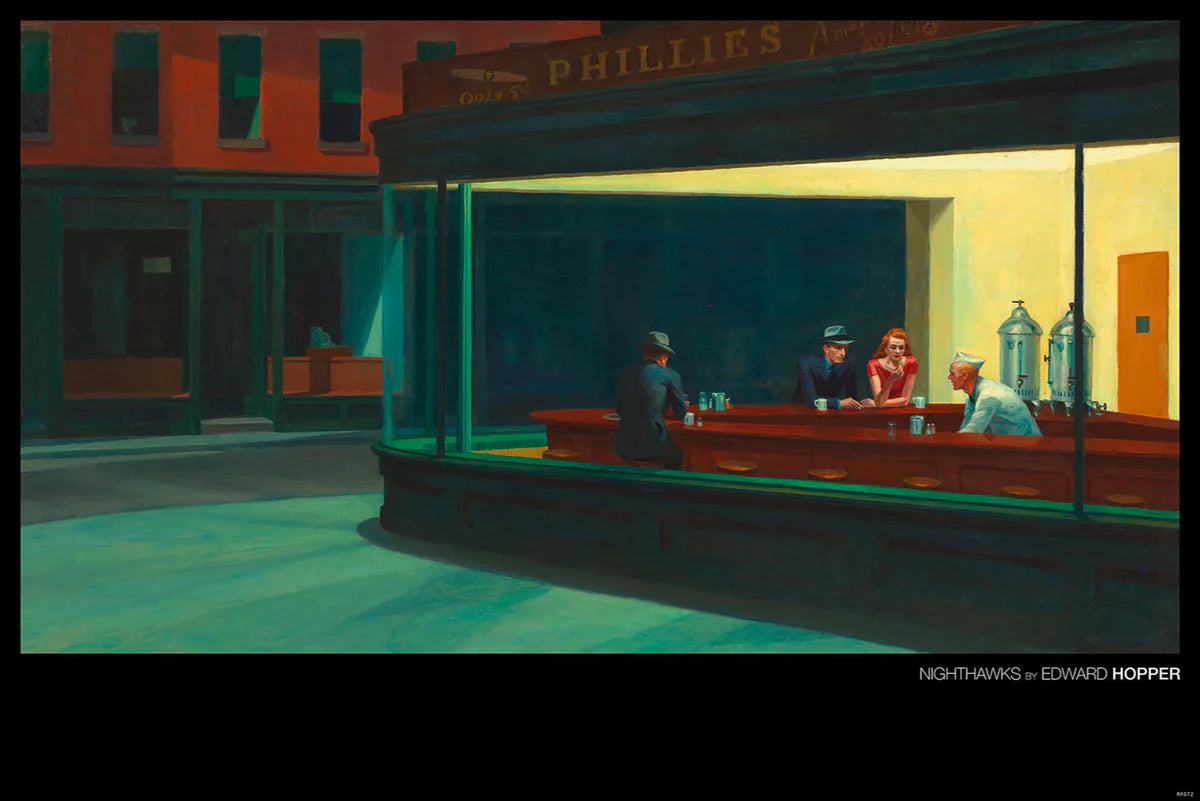Welcome to our blog post about the famous painting "The Garden of Earthly Delights" by Dutch artist Hieronymus Bosch. Also known as the "Hell, World and Paradise Garden", the work is a fascinating depiction of human nature and features a variety of surreal and mysterious elements. Let's dive into this remarkable work of art and explore its symbolism, history and meaning.
Introduction to the painting:
The "Garden of Earthly Delights" is a triptych, a three-part painting now on display in the Prado Museum in Madrid. Each part of the triptych reveals a different scene: the left panel depicts the Garden of Eden, the middle panel the Garden of Earthly Delights, and the right panel Hell. The work was created around 1500 and remains one of the most intriguing and enigmatic paintings in art history to this day.
The Garden of Eden:
The left panel of the triptych presents an idyllic depiction of the Garden of Eden. Here Adam and Eve are surrounded by animals and lead a seemingly innocent life in harmony with nature. Bosch shows a world in balance before sin sets in.
The Garden of Earthly Delights:
In the middle panel of the triptych, Bosch reveals a surreal scene filled with a variety of human activities. Orgies, exotic creatures, bizarre architecture and a variety of strange beings dominate the Garden of Earthly Delights. This part of the painting raises questions about human nature, desire, and the consequences of excessive pleasure.
The hell:
In the right panel of the triptych, Bosch presents an apocalyptic vision of hell. Demons, grotesque creatures and agonizing scenes fill the room. This part of the painting illustrates Bosch's conception of the consequences of sinful behavior and the torments of hell.
Symbolism and interpretation:
The "Garden of Earthly Delights" is full of symbolism and challenges the viewer to decipher its meaning. From depictions of human nature to religious allegories to political messages, there are many ways to interpret the work. We'll examine some of the most prominent symbols and their possible meanings.
Influence and Legacy:
We can feel the impact of Bosch's work to this day. Many artists, writers and musicians have been inspired by his distinctive style and surreal visions. We will take a look at the impact the Garden of Earthly Delights has had on art history and contemporary culture.
Conclusion:
Hieronymus Bosch's "Garden of Earthly Delights" is a remarkable work of art that transports us to a world of surreal delicacies. It is an invitation to explore human nature, its desires and the consequences of our actions. The symbolism and complexity of the painting make it a masterpiece of art history that continues to fascinate and inspire us today.
You can find the corresponding poster here:



